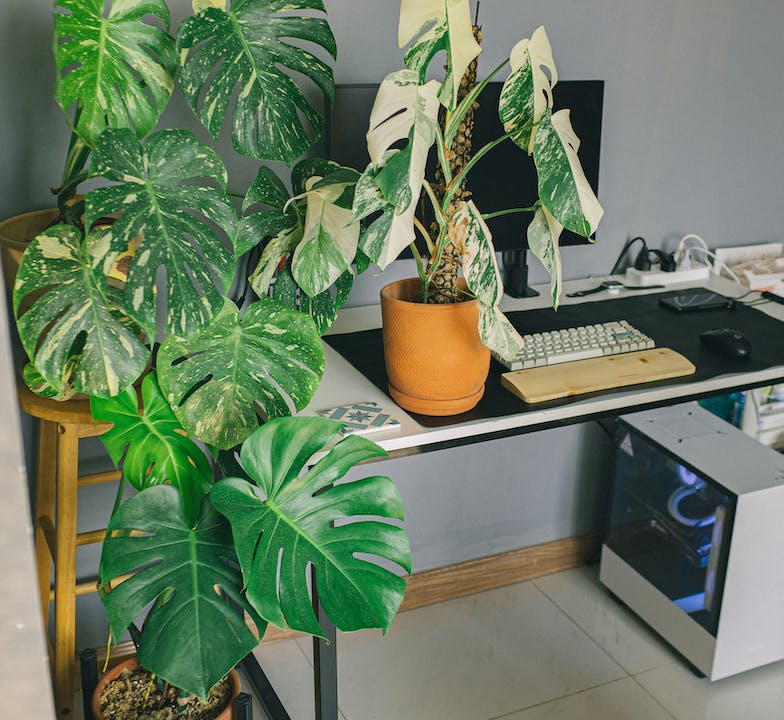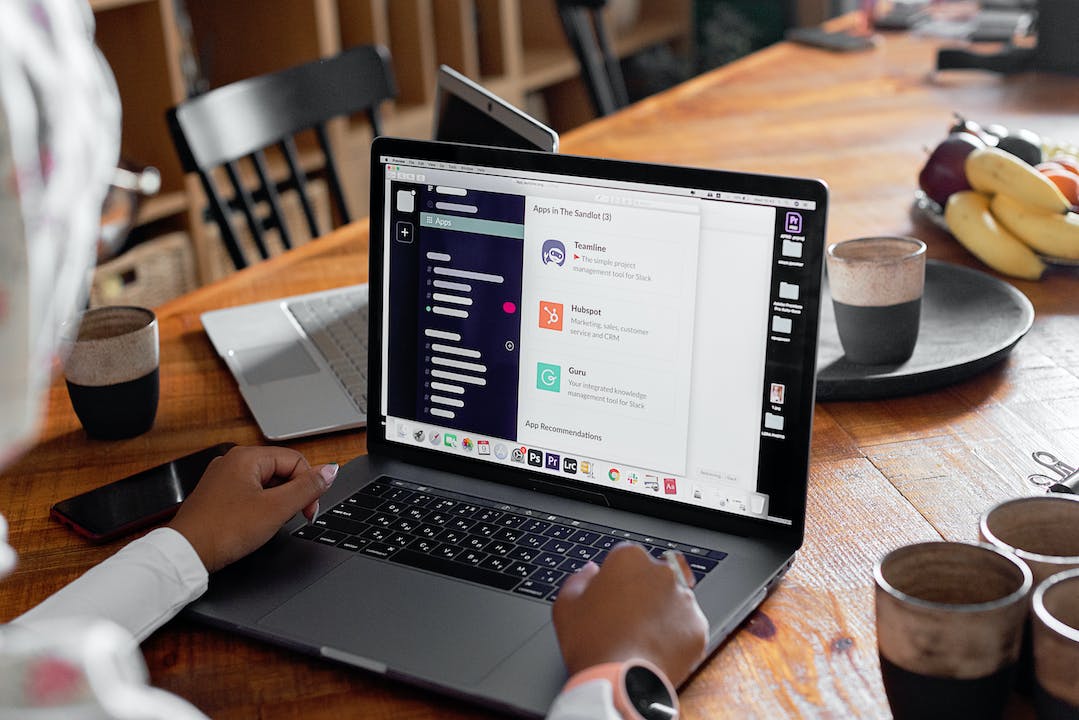Mastering How to Cool Down Your Phone: A Comprehensive Guide
Understanding the reasons behind your phone overheating
When your phone heats up, it can be a frustrating and concerning experience. To address this problem effectively, it is crucial to understand the reasons behind your phone's overheating. Several factors can contribute to this issue.

Firstly, the intensive processing power of modern smartphones can cause them to generate a significant amount of heat. Activities such as playing demanding games or running multiple resource-intensive apps simultaneously put a strain on the device's processor, leading to increased temperatures. Additionally, high ambient temperatures, especially when your phone is exposed to direct sunlight or when the room temperature is elevated, can also contribute to overheating.
On top of that, software malfunctions can lead to excessive heat production. Bugs or glitches in apps or the operating system can cause the processor to work harder than necessary, resulting in increased heat generation. Similarly, a faulty battery can also lead to overheating issues as it struggles to maintain a consistent power supply.
It is important to recognize that an overheating phone is not just a minor inconvenience. Prolonged exposure to high temperatures can damage internal components and reduce the overall lifespan of your device.
To prevent your phone from overheating, there are several measures you can take. Avoid exposing your phone to direct sunlight or leaving it in a hot car. Regularly updating your phone's software and applications helps to address any known bugs or inefficiencies that may cause unnecessary heat generation. Additionally, be mindful of power-draining applications and close any unnecessary background processes to minimize strain on the processor.
Overcharging your phone can also contribute to overheating. It is advisable to unplug your device once it reaches a full charge to prevent excessive heat buildup. Investing in a high-quality phone case that offers heat dissipation properties can also help regulate temperatures during use.
By understanding the reasons behind your phone overheating, you can implement preventive measures to reduce the likelihood of encountering this problem. Taking proactive steps and maintaining an optimal operating temperature will not only extend the longevity of your device but also enhance its overall performance.
Techniques to prevent your phone from overheating
Preventing Phone Overheating: Practical Measures for Optimal Performance
There are several proactive measures you can take to prevent your phone from overheating and ensure optimal performance. By implementing the following tips, you can safeguard your device from the dangers of overheating and extend its lifespan.
1. Mind the environment: Be mindful of where you place your phone. Direct sunlight and exposure to high temperatures can significantly contribute to overheating. Avoid leaving your phone in hot cars or direct sunlight, as these conditions can rapidly increase the device's temperature.
2. Stay updated: Keeping your phone's software and applications regularly updated is crucial. Developers often release updates to address bugs and improve performance, including mitigating potential overheating issues. By staying current with updates, you can reduce the risk of your phone overheating due to software malfunctions.
3. Limit resource-intense apps: Running multiple resource-intensive applications simultaneously can strain your phone's processor, leading to overheating. Close any unnecessary apps running in the background to reduce the strain on your device's resources. This will not only prevent overheating but also optimize your phone's performance.
4. Mind your charging habits: Overcharging your phone can generate excess heat. To prevent overheating during charging, avoid leaving your phone plugged in overnight or for extended periods. Opt for short charging sessions and unplug your device once it reaches a full charge.
5. Consider a heat-dissipating phone case: Investing in a high-quality phone case that is specifically designed to dissipate heat can help prevent overheating. These cases are made with materials that absorb and distribute heat, keeping your device cooler during extended use.
6. Give your phone a break: Prolonged and intensive use of your phone can cause it to heat up. Avoid pushing your device to its limits for extended periods. Take breaks between demanding tasks to allow your phone to cool down and avoid potential overheating issues.
By implementing these preventive measures, you can significantly reduce the chances of your phone overheating. Not only will this ensure optimal performance, but it will also contribute to the longevity of your device. Remember, prevention is key when it comes to maintaining a well-functioning and long-lasting phone.
Effective ways to cool down your phone temperature
When your phone temperature rises, it's crucial to take effective measures to cool it down promptly. Here are some practical techniques that can help you restore normal temperature to your device.
One of the first steps to cool down your phone is to remove its protective case. Phone cases can trap heat and hinder the phone's natural cooling process. By removing the case, you allow the heat to dissipate more effectively.
Next, close any unnecessary apps running in the background. Many apps consume a significant amount of processing power, causing the phone to heat up. By closing these apps, you reduce the strain on your phone's processor and enable it to cool down.
If you're using your phone outdoors, try to find a cooler location or move to a shaded area. Direct sunlight can intensify your phone's temperature and lead to overheating. By simply changing your location, you minimize the exposure to heat and help your phone cool down faster.
Engaging the airplane mode is a quick and effective way to cool down your phone. This mode disables all wireless connections, reducing the phone's CPU usage. With fewer demands on the processor, the phone generates less heat. However, it's important to keep in mind that while in airplane mode, you won't be able to make or receive calls or use data.
Investing in cooling accessories can also be beneficial in cooling down your phone. Cooling cases or pads are designed to absorb and dissipate heat, providing an extra layer of protection against overheating. These accessories often incorporate cooling technologies such as fans or heat sinks to promote quick and efficient heat dissipation.
Additionally, take advantage of your phone's built-in power-saving modes to reduce resource usage. Enabling features like "Ultra power saving mode" or "Battery saver" limits background processes, reduces screen brightness, and optimizes resource allocation, resulting in less heat generation.
In conclusion, cooling down your phone requires a combination of proactive measures. Removing the phone case, closing unnecessary apps, finding a cooler location, enabling airplane mode, using cooling accessories, and utilizing power-saving modes are all effective techniques to cool down your overheating phone. By employing these methods, you can safeguard your device from potential damage caused by excessive heat and ensure its optimal performance.
Utilizing ultra power saving mode for reduced resource usage
Title: Maximizing Battery Life: Harnessing the Power of Power-Saving Mode
[TRANS_P] In a world where smartphones have become an essential part of our lives, the constant need for battery conservation is an ongoing challenge. One effective solution to tackle this issue is by leveraging the power-saving mode feature available on most modern smartphones. Let's explore how this feature can help us optimize battery life without compromising on functionality.
Power-saving mode, also known as battery saver or energy-saving mode, is a built-in feature that allows users to extend their phone's battery life by reducing resource usage. By activating this mode, your phone undergoes a series of adjustments to conserve power without significantly affecting the overall user experience.
One key aspect of power-saving mode is limiting background activities. Unused apps and processes running in the background consume unnecessary energy, leading to faster battery drain. Power-saving mode helps address this by closing or suspending these background activities, ensuring that only essential functions continue to operate.
Additionally, this mode adjusts various settings to minimize power consumption. It reduces screen brightness, which is a major contributor to battery drain, extending battery life significantly. It also optimizes the processor's use of resources, prioritizing efficiency over performance. Network connectivity is often limited to essential functions, reducing data usage and conserving battery power.
Another important feature of power-saving mode is the delayed syncing of emails and other data. Instead of constantly checking for new messages or updates, the phone synchronizes at scheduled intervals or when manually prompted. This reduces the frequency of data transfers, saving both battery and data usage.
Power-saving mode can be activated manually or set to automatically engage when the battery reaches a certain threshold. It becomes particularly useful during long periods with limited access to charging points, such as travel or outdoor activities.

In conclusion, making use of the power-saving mode feature on your smartphone is an efficient way to maximize battery life. By minimizing background activities, adjusting settings, and delaying data syncing, you can extend the usage time of your device. Don't let battery anxiety continue to hinder your smartphone experience; take advantage of power-saving mode and enjoy the benefits of longer-lasting battery life.
Summarizing the information and concluding our findings
In conclusion, understanding the reasons behind your phone overheating can help you take effective preventive measures. Overheating can occur due to intensive processing, high room temperatures, direct sunlight, overcharging, software malfunctions, or faulty batteries. By being mindful of these factors, you can minimize the risk of your phone overheating.
To prevent your phone from overheating, avoid exposing it to direct sunlight and hot environments. Regularly updating your apps and phone software can help fix software bugs that contribute to overheating. Restricting the usage of power-draining apps and not pushing your phone to its limits can also prevent excessive heat generation. Avoid overcharging your phone and consider using a high-quality phone case that dissipates heat effectively.
If your phone does overheat, there are several steps you can take to cool it down. Removing the phone case allows for better heat dissipation, while closing unnecessary background apps reduces the overall strain on the phone's processor. If you are outdoors, try to move to a shaded or cooler location. Enabling airplane mode can provide a quick respite by cutting off all connections and reducing CPU usage. Additionally, investing in cooling cases or pads designed specifically for overheating can be beneficial.
Utilizing your phone's built-in power-saving mode, such as "Ultra power saving mode" or "Battery saver," also helps reduce resource usage and heat production. These modes restrict background data, lower screen brightness, and limit functionality to conserve battery and prevent overheating during extended usage.
By adopting these proactive measures and maintaining a well-balanced approach to using your phone, you can prolong its lifespan and ensure optimal performance. Prevention is key, so stay vigilant and make smart choices to keep your phone cool and functioning properly. Remember, a well-cared-for phone is a happy and long-lasting companion.
FAQS
Is it normal for an iPhone to heat up?
It is normal for iPhones and other smartphones to heat up during heavy usage or charging. The intensive processing power and compact design of these devices can lead to heat generation. However, if your iPhone becomes unusually hot or overheats frequently, it may indicate a problem that needs to be addressed.
Can placing my phone in the fridge help cool it down?
Placing your phone in the fridge is not recommended as it can cause condensation to form inside the device, potentially damaging its internal components. Temperature changes from extreme heat to extreme cold can also lead to thermal shock, harming the phone. It is best to use other cooling methods mentioned in the article, such as removing the phone case or finding a cooler location.
Which components of a mobile phone are responsible for generating heat when it becomes hot?
The main components responsible for generating heat in a mobile phone are the processor (CPU), battery, and display. The processor works intensively when running demanding apps or multitasking, leading to heat production. The battery can also generate heat, especially if it is old or faulty. Additionally, the display produces heat due to the backlight and touch sensitivity. These components, along with environmental factors, can contribute to the phone becoming hot.



